Entertainment
25 More Mind-Blowing Facts About Ancient Civilizations
By Jake Beardslee · April 29, 2024
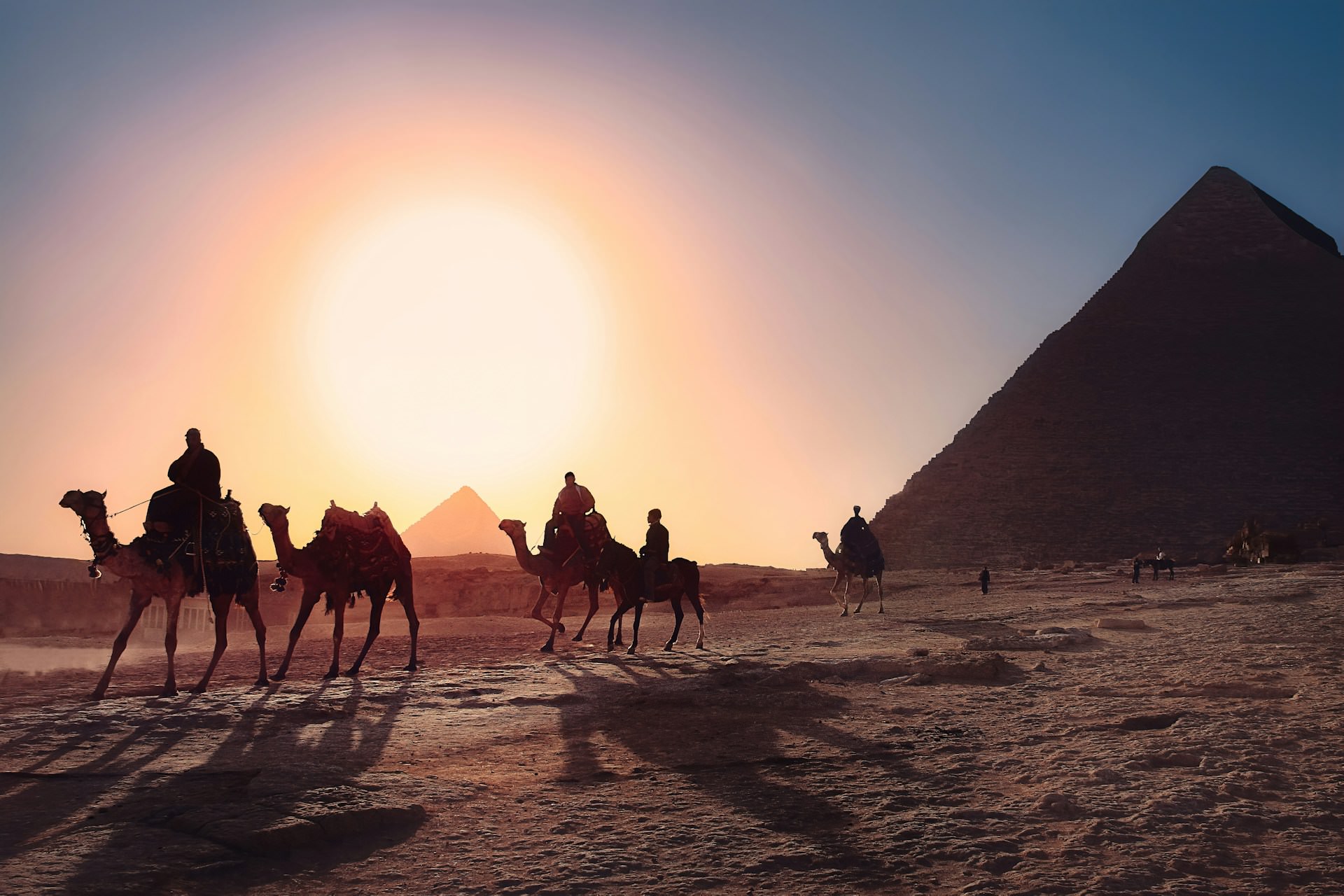
The Pyramids of Giza Were Originally White
Most people envision the Pyramids of Giza in Egypt as golden sand structures, but they were actually covered in polished white limestone to reflect the sun’s rays, creating a dazzling sight. Simon Berger/Unsplash
Romans Used Urine for Cleaning
In a peculiar practice, Romans used urine, particularly from public urinals, as a cleaning agent due to its ammonia content, showcasing their resourcefulness even in hygiene. Nils/Unsplash
The Osterby Head: A Perfectly Coiffed Iron Age Relic
Among the most curious archaeological finds is the Osterby Head, a skull from the late Iron Age with an impeccably preserved hairstyle. This millennia-old relic offers a rare glimpse into the grooming practices and hairstyle trends of a bygone era. Bullenwächter/Wikimedia
Mayans Used Chocolate as Currency
The ancient Mayans valued chocolate so much that they used cocoa beans as a form of currency, illustrating the importance of this delectable treat in their society. Guido HN/Unsplash
The World's Oldest Fart Joke
While humor often feels distinctly modern, the world's oldest recorded joke dates back to ancient Sumeria around 1900 BC – and it's a fart joke. This crude yet timeless gag reminds us that some forms of humor have stood the test of time, transcending cultures and eras. TYalaA/Wikimedia
Golden Treasures of the Ancient Silla Kingdom
The ancient Korean kingdom of Silla, which dominated from the 7th-9th centuries AD, left behind a dazzling array of golden artifacts and treasures. Ornate crowns, girdles, jewelry and ceremonial regalia made of gold have been uncovered from Silla tomb sites Gary Todd/Wikimedia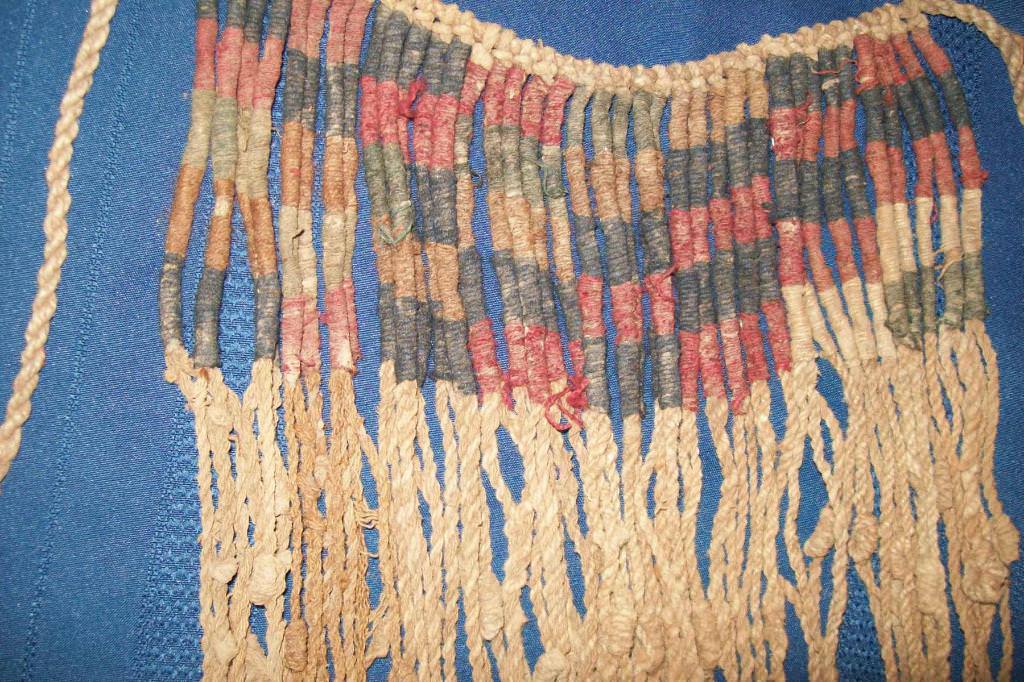
Inca Empire's Khipu System
The Inca civilization utilized a unique method of communication known as the Khipu system. These intricate knotted cords served as a form of writing and record-keeping, showcasing the complexity of their society. Fedekuki/Wikimedia
Toilet Technology in Mohenjo-Daro
The ancient Indus Valley civilization in Mohenjo-Daro, Pakistan, boasted sophisticated urban planning, including an advanced sewage system with indoor toilets. They were way ahead of their time in terms of sanitation practices. Saqib Qayyum/Wikimedia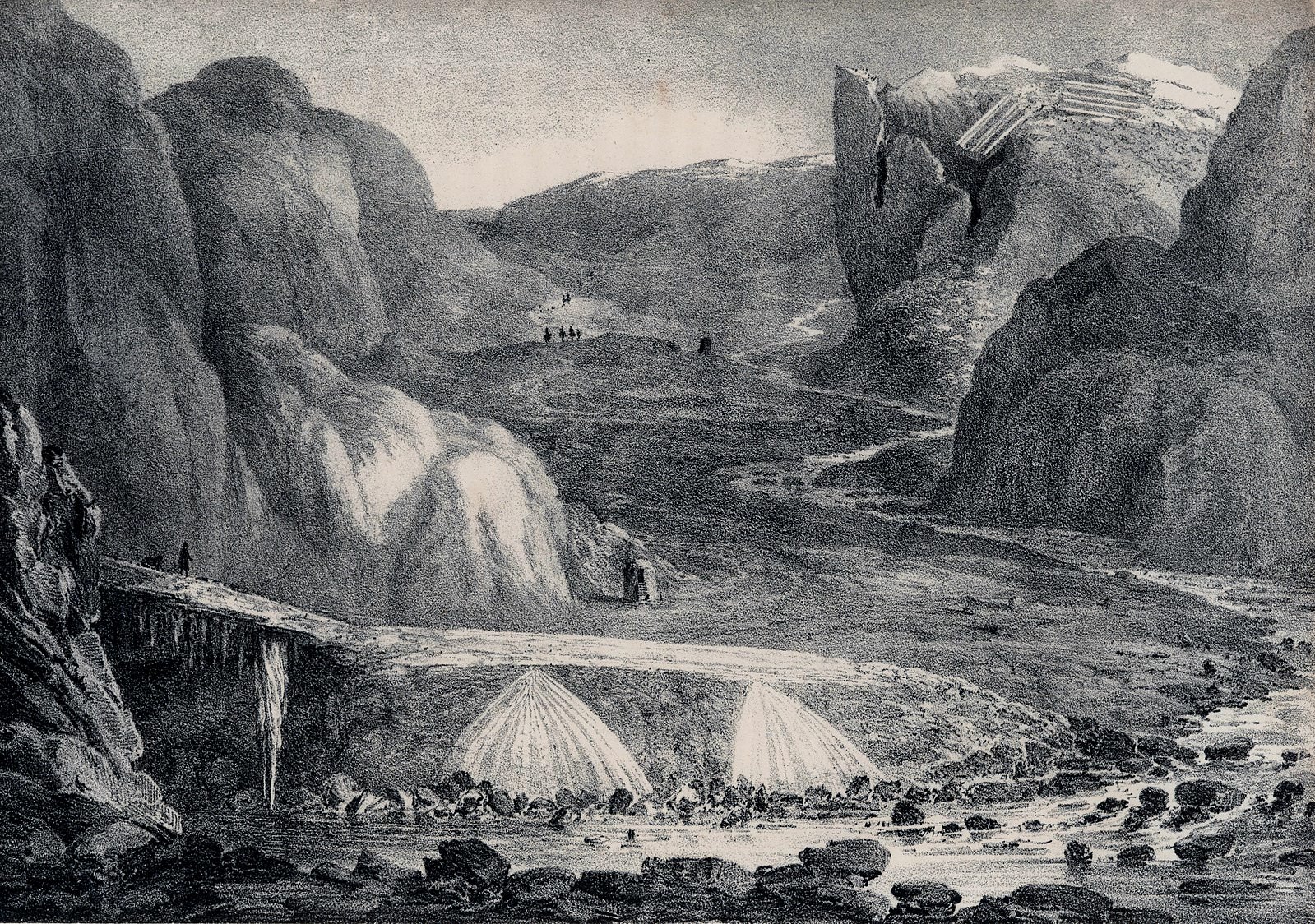
Inca Rope Bridges
The Inca civilization constructed impressive suspension bridges made entirely of woven grass, allowing them to traverse the rugged Andean terrain with ease. John Carter Brown Library/Wikimedia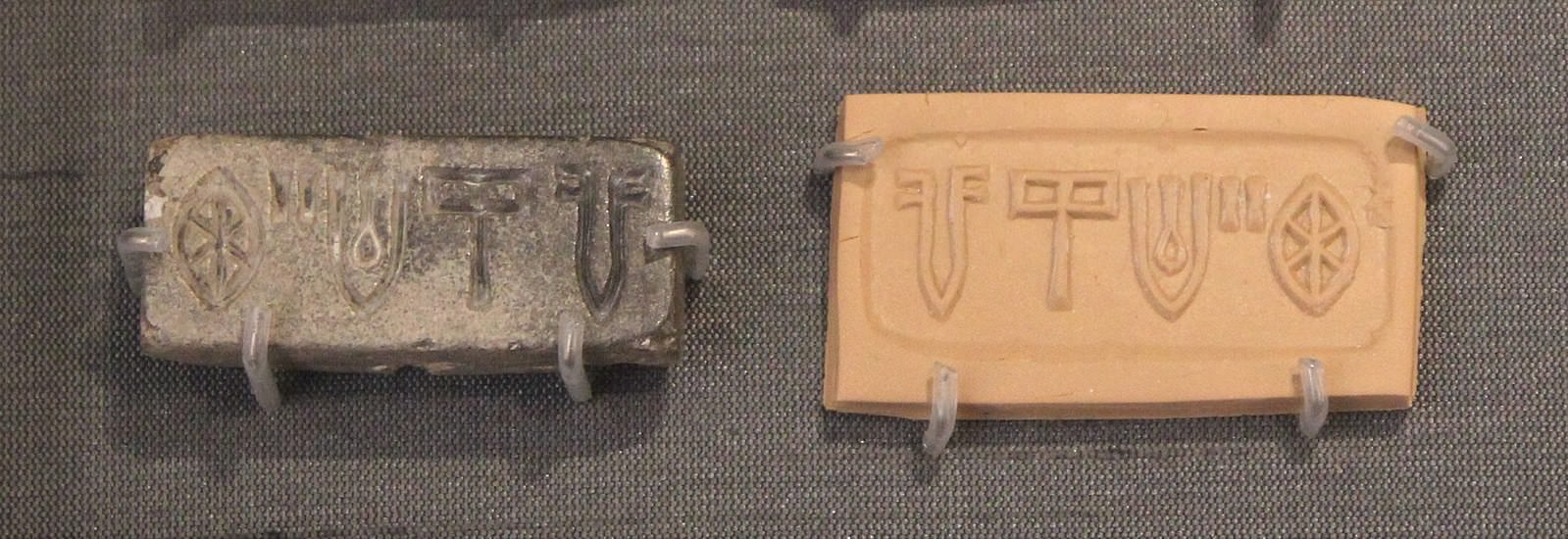
Indus Valley Script
The script of the Indus Valley Civilization remains undeciphered, posing a tantalizing mystery to linguists and historians alike. Zunkir/Wikimedia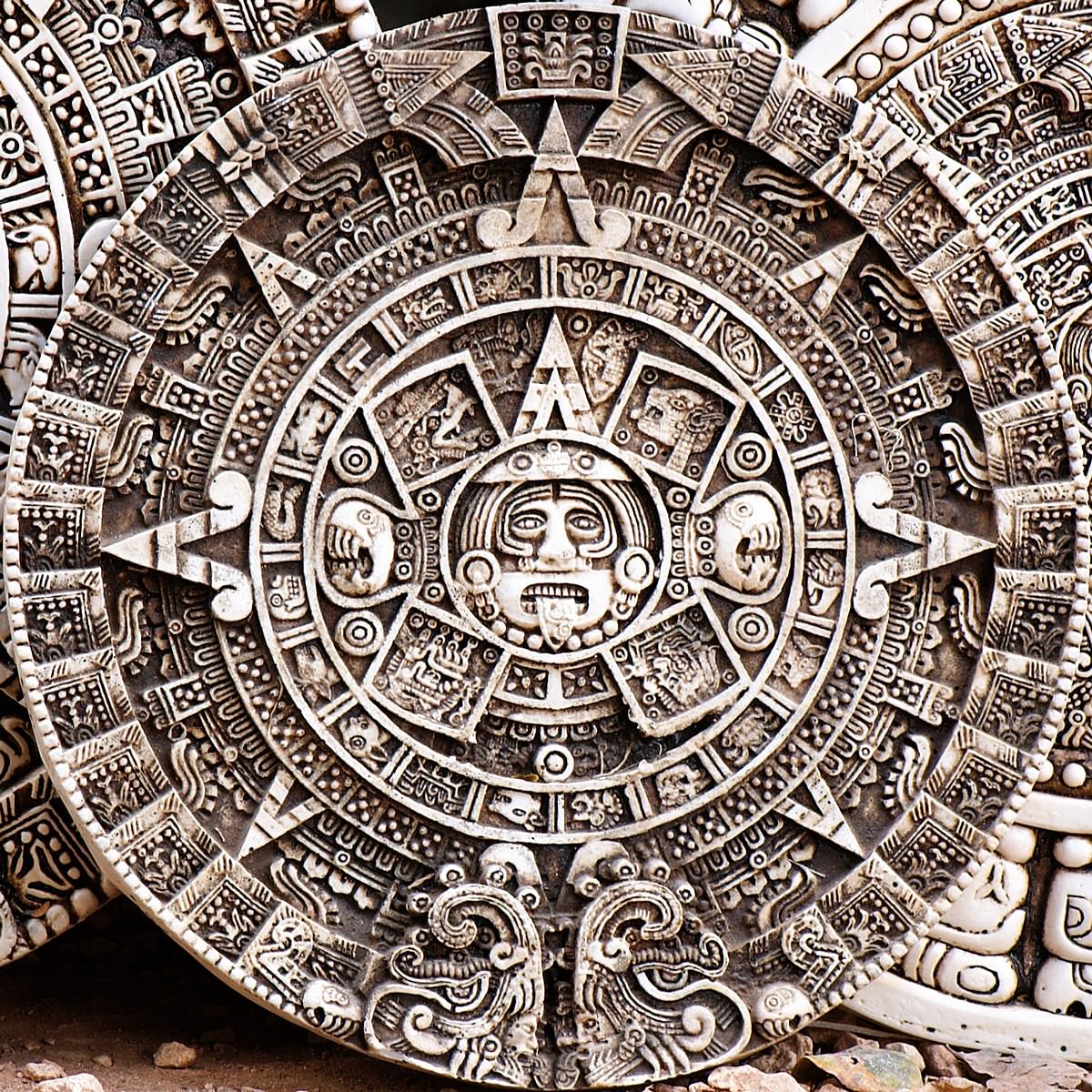
Mayan Calendar
The Mayan calendar system was incredibly precise, accurately predicting celestial events and eclipses with remarkable accuracy. theilr/Wikimedia
Ancient Roman Sewer System
The Romans engineered a sophisticated sewer system, known as the Cloaca Maxima, which is still partially functional in present-day Rome. Christoffer Wilhelm Eckersberg/Wikimedia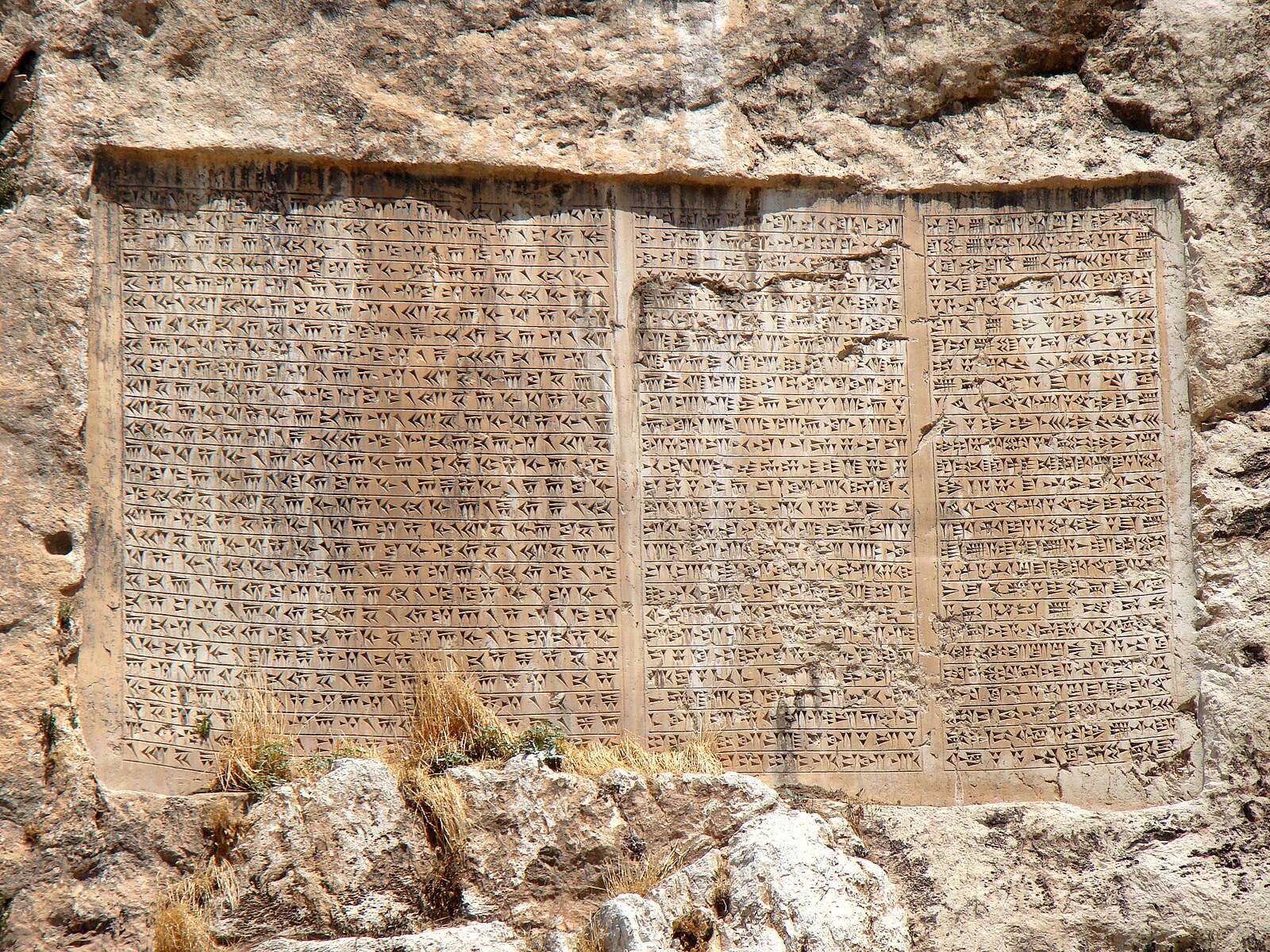
Innovative Writing Systems
The Sumerians of Mesopotamia were one of the first civilizations to develop writing, known as cuneiform, on clay tablets. Bjørn Christian Tørrissen/Wikimedia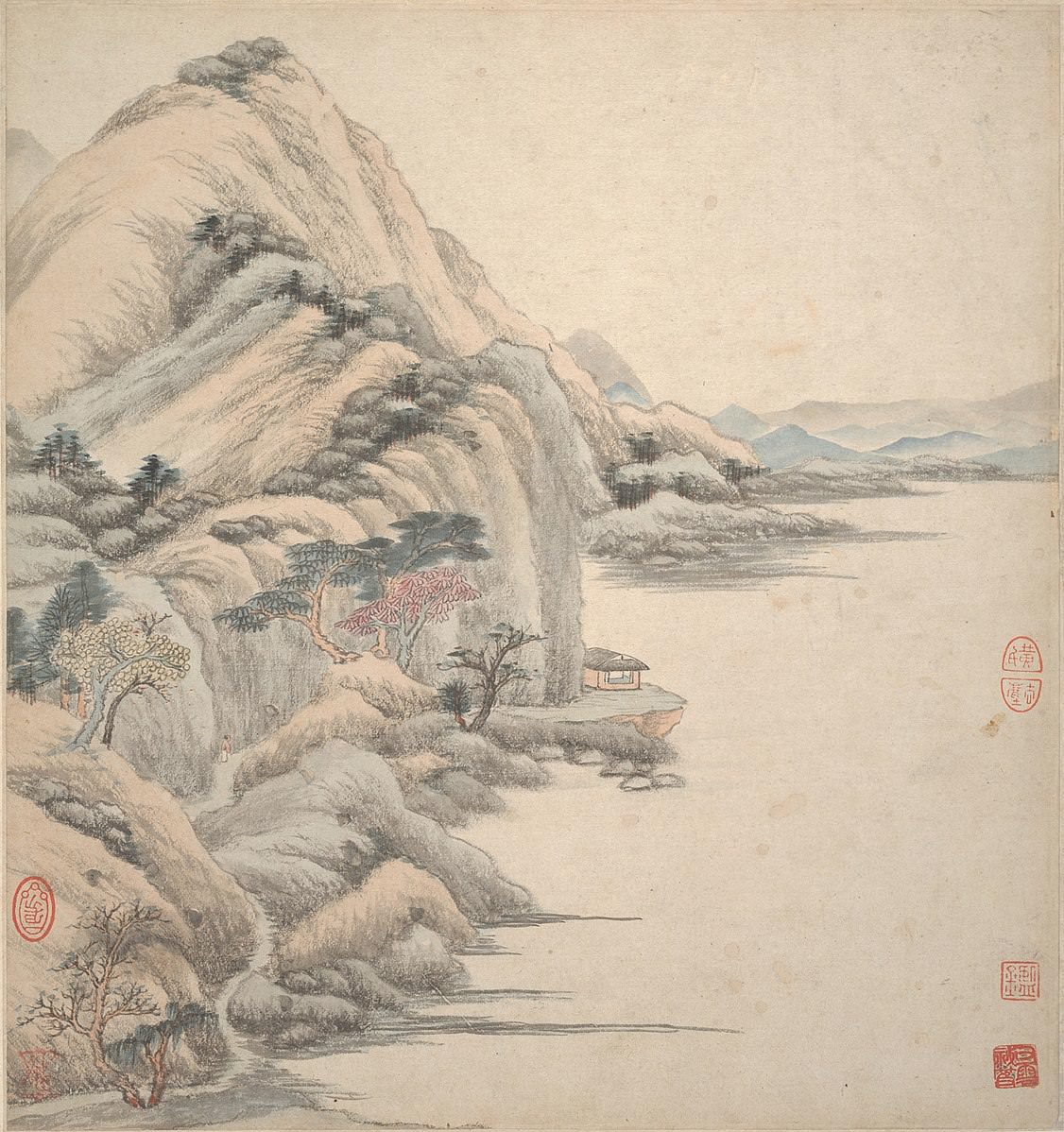
Ingenious Inventions
The ancient Chinese invented papermaking, printing, and the compass, revolutionizing communication and navigation. Wang Jian/Wikimedia
Persian Desert Refrigeration: Ancient Ice Storage Mastery
By 400 BC, Persian engineers had achieved a remarkable feat – mastering ice storage in the midst of desert summers. Their ingenious techniques allowed them to preserve ice even in the most arid conditions, a technological marvel that would not be replicated for centuries. Hansueli Krapf/Wikimedia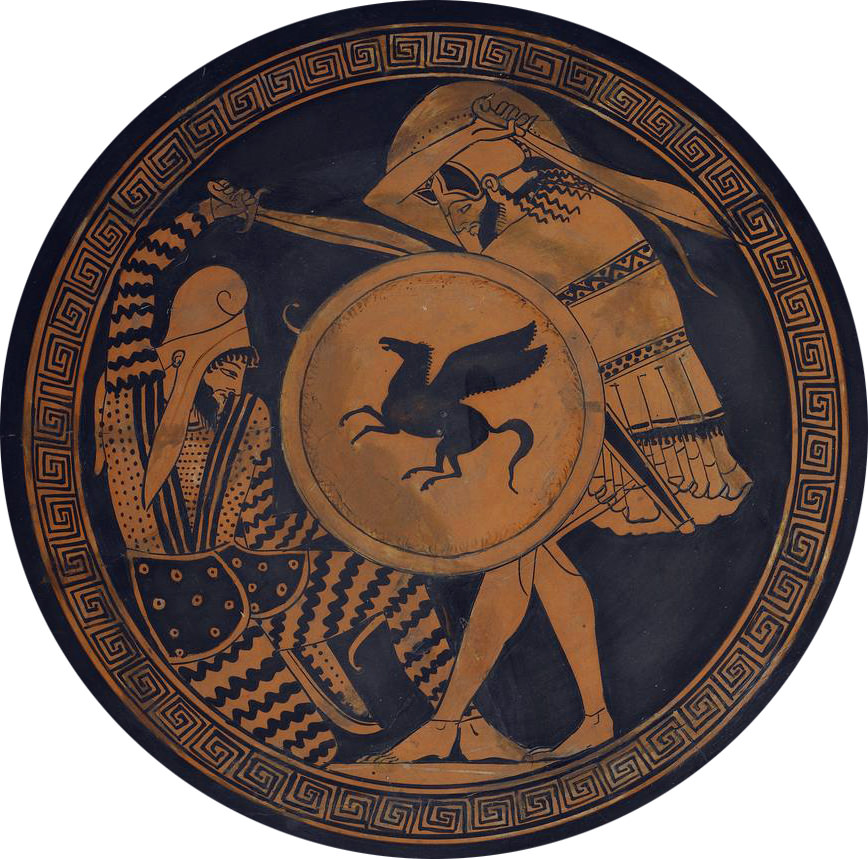
Ancient Greek Insult Ammunition: Engraved Slingshot Taunts
In the 4th century BC, Ancient Greek warriors added insult to injury – literally. Archaeologists have uncovered slingshot ammunition inscribed with taunts like "Take that!" and "Catch!", revealing a surprising blend of warfare and wordplay among these ancient combatants. Ελληνικά: ΆγνωστοςFrançais : Coupe attribuée au Peintre de Triptolème/Wikimedia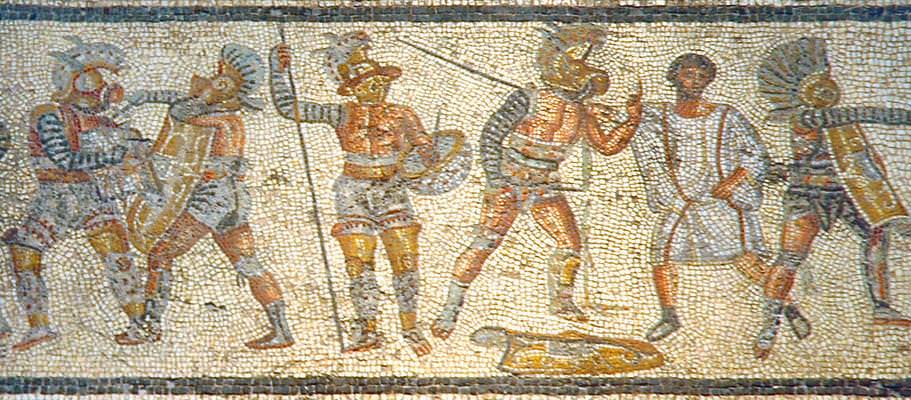
Ancient Roman Celebrity Fighters
In ancient Rome, gladiatorial contests were wildly popular entertainment. The greatest gladiators attained celebrity status, with their fame spreading through graffiti, paintings, and carved sculptures. Legends like Spartacus and Flamma became household names. Livius.org/Wikimedia
The Mysterious Decline of the Indus Valley Civilization
Around 1800 BC, the advanced Indus Valley civilization abruptly declined across the Indian subcontinent. Theories for this sudden collapse range from climate changes and droughts to foreign invasion. KennyOMG/Wikimedia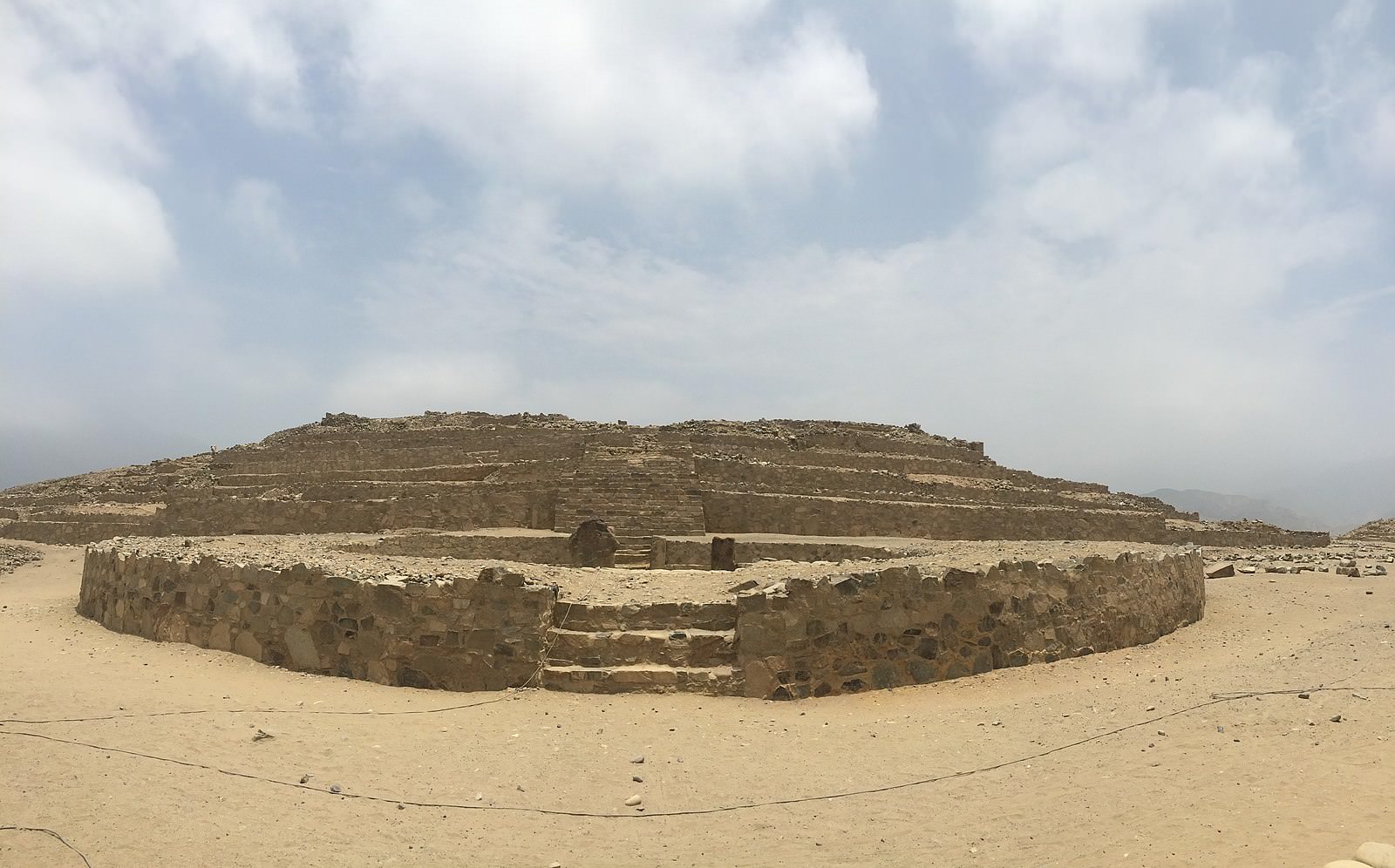
Caral: The Oldest City in the Americas Predating Ancient Egypt
The ancient Peruvian city of Caral has been dated to around 2600 BC, making it the oldest urban settlement ever discovered in the Americas - older even than the Egyptian pyramids. Paulo JC Nogueira/Wikimedia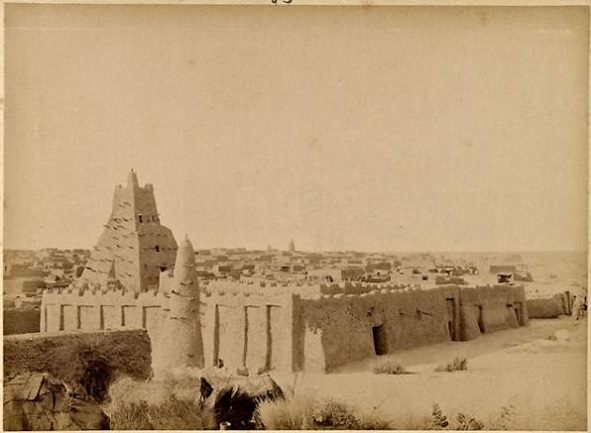
Timbuktu's Ancient Book Trade
In the 15th and 16th centuries, the ancient city of Timbuktu was an unexpected center of scholarship and education. An immense book trade flourished, with camels hauling precious manuscripts across the Sahara desert in yearly caravans. Louis Archinard (1850-1932)/Wikimedia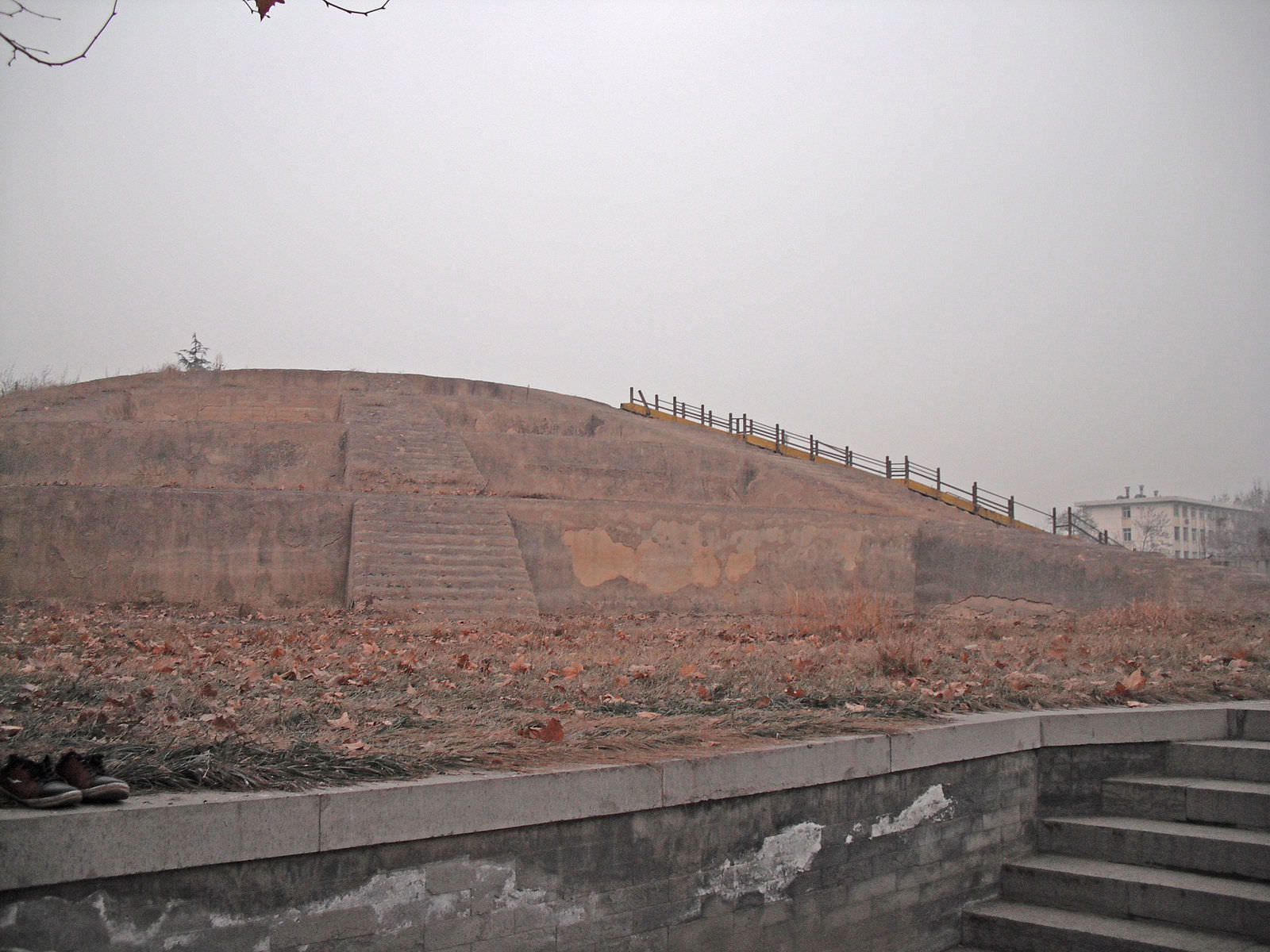
China's Prehistoric Pyramids: Xi'an's Ancient Burial Mounds
While most famous for the Terracotta Army, the ancient capital of Xi'an, China contains hundreds of flat-topped pyramid mounds dating back over 2,000 years. These massive earthen tombs reveal the burial practices of the Qin and Han dynasties and have given up troves of archaeological treasures. Acstar/Wikimedia
The Bog Butter of Ancient Ireland
In Irish peat bogs, archaeologists have uncovered large casks and containers filled with incredibly well-preserved butter - some estimated to be over 3,000 years old. This "bog butter" provides insight into ancient Irish dairy practices and foodways. Sorin Gheorghita/Unsplash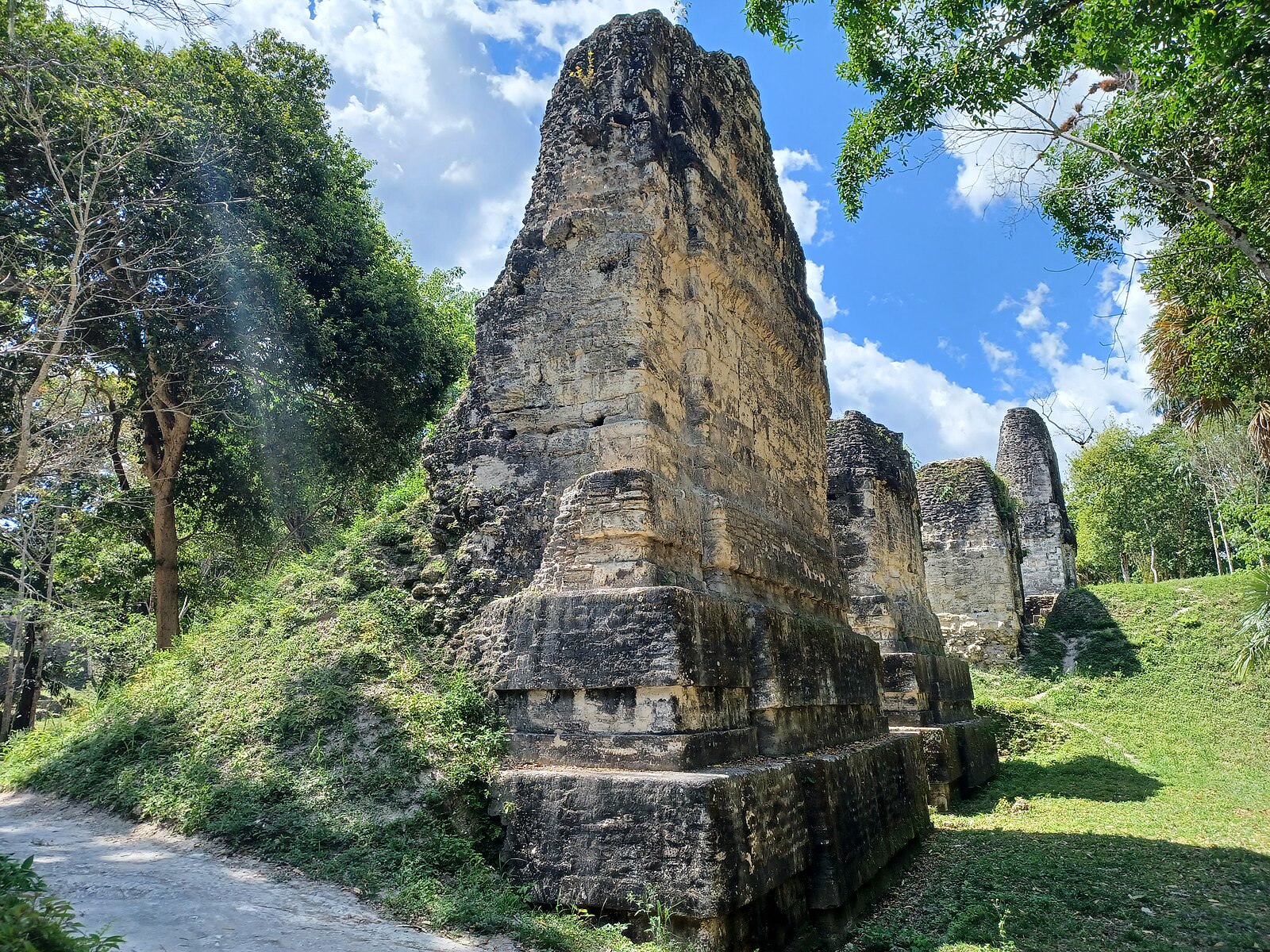
Huge Ancient Mexican City Uncovered Using Lasers
In 2020, archaeologists utilized revolutionary lidar sensing technology to map over 800 square miles of jungle in Mexico - unveiling the remains of a massive ancient city. The researchers discovered pyramids, plazas, and complexes suggesting a sprawling pre-Columbian urban center rivaling modern Mexico City in size. Simon Burchell/Wikimedia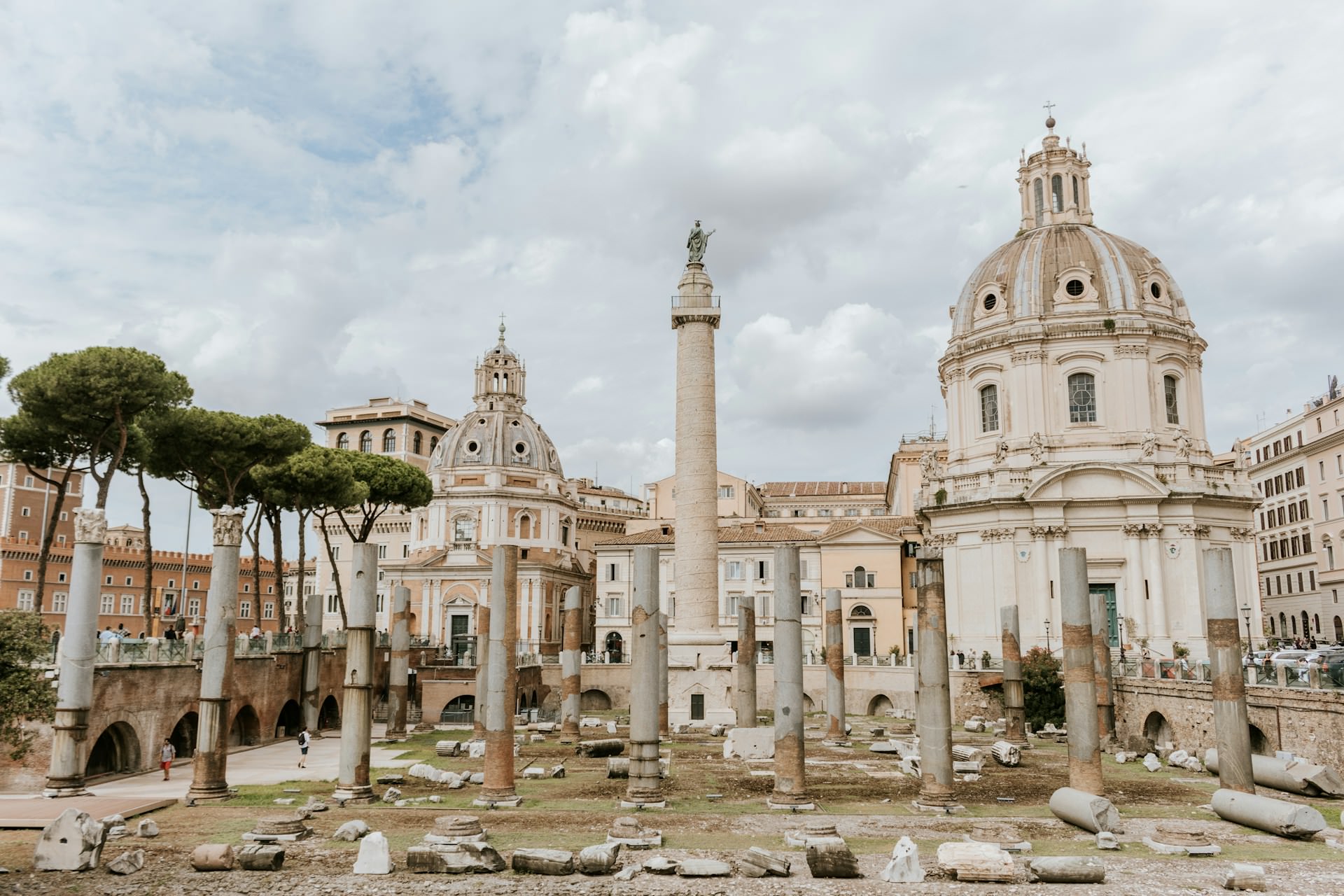
Ancient Roman Apartment Complexes: The Original Condos
While often imagined living in lavish villas, many residents of ancient Rome actually dwelled in urban apartment complexes called insulae. These multi-story buildings contained basic housing units rented out to poorer residents. Archaeologists have uncovered insulae ruins giving insight into this cramped but communal living situation. Briana Tozour/Unsplash